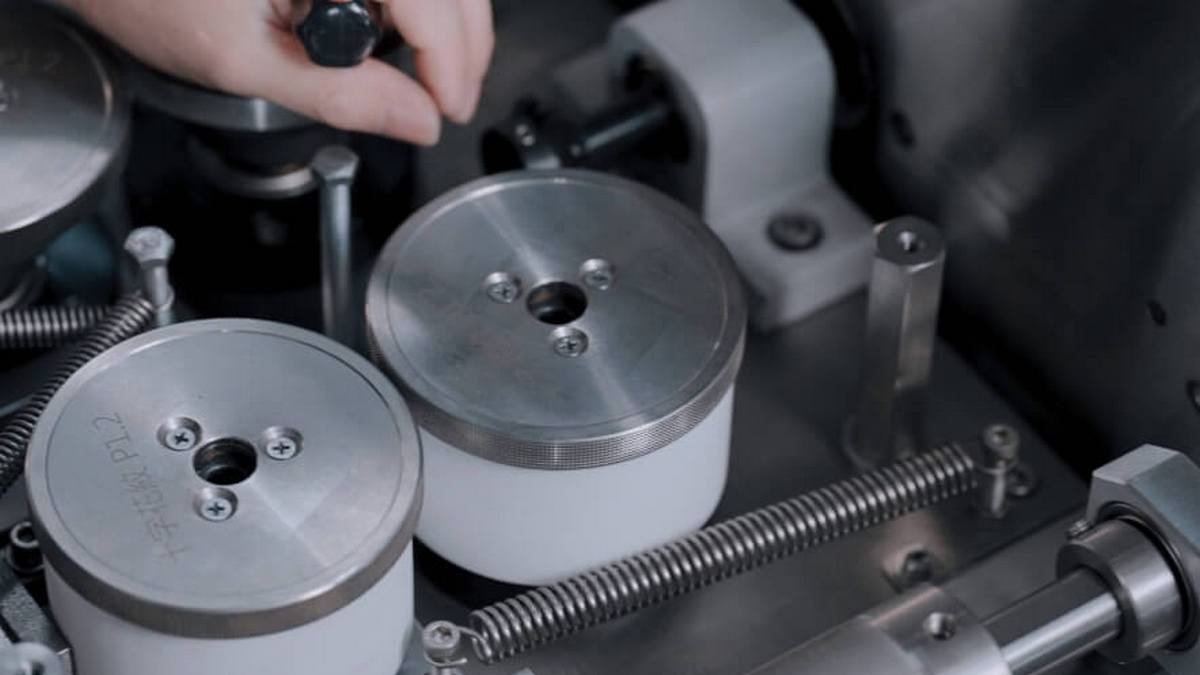5G is regarded as an important promoter of Industry 4.0. 5G's high network speed and low power consumption enable each sensor of the future unmanned factory to be connected to the cloud, further extracting data for analysis, and driving artificial intelligence.
5G has become a catalyst for manufacturing transformation while solving the bottleneck of smart factory development. With the advent of the 5G era, due to its characteristics of high speed, low latency and high frequency bandwidth, killer application products have appeared, and the manufacturing industry with many machine equipment and automation systems, Play an indispensable important role.
In January 2020, the 5G spectrum bidding kicked off for the next era of commercial transformation, and all sectors are highly anticipated how much value 5G can create. The Information Policy Committee also surveyed the most interesting applications for Taiwan's manufacturing industry, but the industry expects 5G to enter the manufacturing side should be the first to import from peripheral applications in factories. The previous ACE will conduct in-depth interviews on Taiwan's manufacturing industry, collecting the needs of 5G applications such as petrochemical steel industry, machinery industry, semiconductor industry, electronics manufacturing, steam locomotive manufacturing industry, and intelligent manufacturing system integrator. The most interesting items in manufacturing are unmanned inspection, AR / VR, equipment monitoring and security monitoring.
Four application market of manufacturing
In terms of unmanned inspection, many factory equipment management in recent years has often encountered serious safety accidents or large losses due to the lack of actual inspection, maintenance and abnormal improvement of factory facilities or production equipment. The purpose of unmanned inspection is to It is to prevent accidents. In the future, such as drones, unmanned vehicles combined with 5G, cameras, infrared or 3D vision, etc., will become an emerging inspection tool, which can be used to detect whether the pipeline is broken or gas leaks.
In the AR / VR part, the ACE will observe that to meet the needs of mobile power and bandwidth, it does need to be matched with 5G, but the relevant content still needs to be developed. Currently, more mature applications are mostly for maintenance operations, education and training Wait. For example, in the past, the industry often encountered the trouble of going to the site to find that the problem was not big, or the trouble of not being able to rush to the site in real time. Through AR / VR combined with a wearable device, you can remotely understand the situation first and quickly help customers eliminate it.
However, compared to maintenance, education and training is the second requirement. The SASAC believes that the level of production costs will be derived from the demand for the introduction of AR / VR. However, there are also manufacturing industries that are willing to adopt this type due to the danger of the production environment. Non-contact teaching, such as Sinosteel, is the world's first manufacturer to use VR to train novices for steel dumping operations.
In the equipment monitoring part, although the equipment monitoring application has been used for many years, in the past, historical data was mostly used for estimation. However, due to the high production cost of high-value products, such as aerospace parts, they need to be carried out in the production process through 5G. Real-time monitoring, even further through the monitoring of production equipment to estimate the quality of production and optimize it. According to Gartner's prediction, up to 25 billion sensors will be used in industrial applications by 2025. If the connection of a large number of production equipment is involved, 5G low latency and large connection characteristics can come in handy.
In the security monitoring part, smart manufacturing is not only the key to improving the production efficiency and quality of the manufacturing industry, but also bringing about changes in industrial safety requirements. Various sensors and wireless communication can send information to the management side at any time and in real time. To seize the prime time to rescue, to avoid harm to corporate assets or personnel. In the past, there have been many tragedies in the manufacturing industry where employees fell into the chemical tank and could not be rescued in real time. The instant transmission of multiple messages also depends on the assistance of 5G.
Stability is still considered by the industry
From the perspective of the above applications, 5G is expected to focus on the introduction of factory peripheral applications first in the field of smart manufacturing. At present, the communication of the factory is mainly industrial-grade Ethernet, such as PROFINET, EtherCAT, or Fieldbus, such as PROFIBUS, MODBUS, CC-Link, CAN, etc. Wired communication transmission has the advantages of stability and speed, so the main production equipment is highly dependent on wired communication.
However, wired communication has poor mobility and also has problems of wiring and maintenance costs. It is usually only applicable to fixed processes. With the development of Industry 4.0, global manufacturing and production models have begun to move in the direction of a small number of diverse and flexible manufacturing. The flexibility and mobility of factory production lines will It has become important that the introduction of mobile equipment, such as unmanned vehicles (AGV), autonomous mobile robots (AMR), and seventh-axis robots that integrate external mobile axes, etc., in the future, if you want to shuttle freely in the factory, it will be for wireless communication The demand will be very ardent.
A senior industry analyst at the MIC, pointed out that to stabilize the operation of the factory, most of the core production equipment is deployed by wire, and many companies dare not take the risk of replacing it. This makes the entry of 5G only by the peripheral application or factory affairs Application-oriented. For example, wearable devices monitor the safety or location of personnel through Beacon or Zigbee, while RFID can be used for material tracking, unmanned vehicles are operated by Wi-Fi, etc. However, this also leads to non-touching of core production equipment It is said that there is a relatively lack of incentives for equipment to be replaced.
At present, the wireless communication adopted by the factory is mostly Wi-Fi. However, Wi-Fi also has disadvantages, such as unstable transmission quality and short transmission distance, so there are not many application scenarios. Will 5G become a new outlet for wireless communication in factories? The Asia-Pacific Telecom Network Technology Center pointed out that if the industry's demand for automation is precision and does not want any delay, Wi-Fi can't do it, but the characteristics emphasized by 5G applications on the manufacturing side are high reliability, stability and low time. Yan, revealing that there are indeed many manufacturers interested in 5G at present, and believe that there will be two market opportunities in the early stage. One is to convert the existing WiFI or LTE to 5G to improve the original performance, and the other is that the development cannot improve on quality management in the past In addition to existing applications, it also expands new scenarios.
In recent years, the manufacturing industry has collected production information through the Internet of Things (IoT) and sensors, while also generating massive amounts of data. Without stable and good connectivity (Connectivity), the factory cannot immediately monitor or maintain equipment, and the automation-based machine system may not function properly. 5G infrastructure and optical fiber technology complement each other, and 5G should not be regarded as a substitute for optical fiber connection, especially for operators deploying small cells and 5G radios. 5G base stations also have to use fiber backbone to achieve high-speed networks . In the field of industrial automation, 5G is expected to eventually replace wired networks, even in sophisticated technologies such as motion control and vision systems. Entering Industry 4.0, given the inability of Ethernet to achieve information security, the emergence of time-sensitive network (TSN) standards can enable traditional Ethernet to realize the interactive capabilities and real-time requirements of manufacturing equipment 3GPP and IEEE are still working on standardizing the Ethernet protocol, which will help overcome the bottleneck faced by smart manufacturing.














